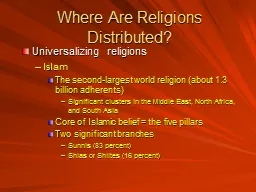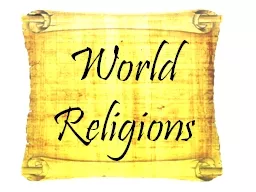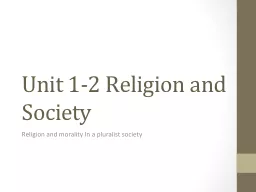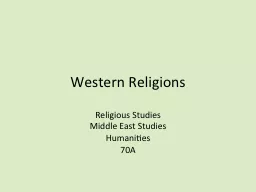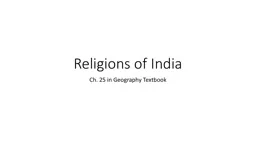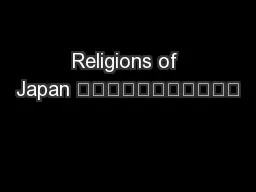PPT-Where Are Religions Distributed?
Author : alexa-scheidler | Published Date : 2015-11-22
Universalizing religions Islam The secondlargest world religion about 13 billion adherents Significant clusters in the Middle East North Africa and South Asia Core
Presentation Embed Code
Download Presentation
Download Presentation The PPT/PDF document "Where Are Religions Distributed?" is the property of its rightful owner. Permission is granted to download and print the materials on this website for personal, non-commercial use only, and to display it on your personal computer provided you do not modify the materials and that you retain all copyright notices contained in the materials. By downloading content from our website, you accept the terms of this agreement.
Where Are Religions Distributed?: Transcript
Download Rules Of Document
"Where Are Religions Distributed?"The content belongs to its owner. You may download and print it for personal use, without modification, and keep all copyright notices. By downloading, you agree to these terms.
Related Documents

